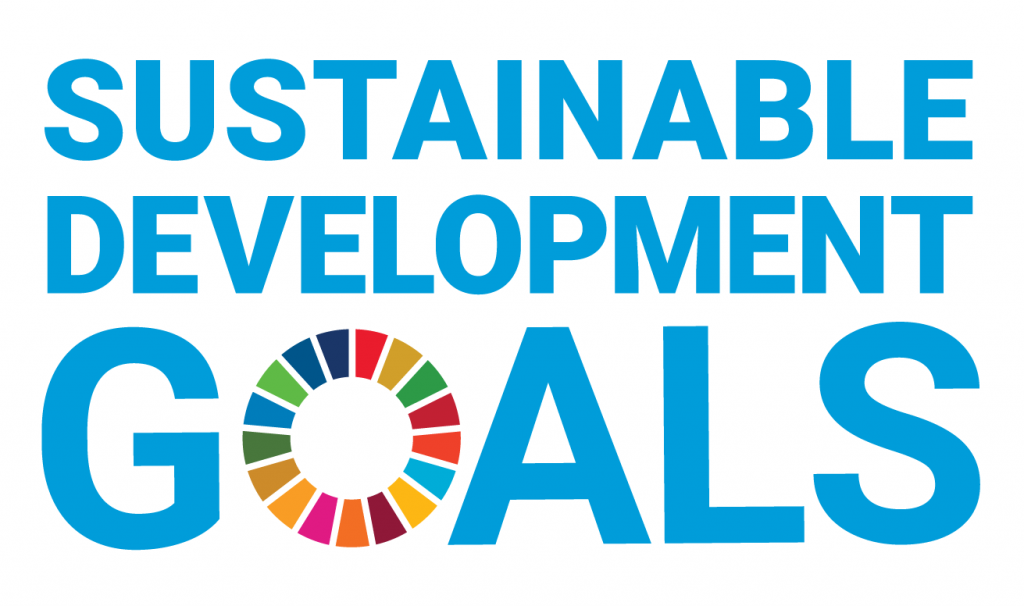1. “SDG 3 aims to ensure healthy lives and promote well-being for all at all ages. Despite progress, India continues to face challenges in health outcomes. Discuss.”
| Syllabus: General Studies – III: Investment and Infrastructure, PPP |
Sustainable Development Goal (SDG) 3 seeks to “ensure healthy lives and promote well-being for all at all ages.” India’s SDG ranking improved to 99 (2025), reflecting progress in access to services. However, health indicators show that the country is still off-track on several targets.
Progress Made
1. Immunisation coverage has reached 93%, close to universal levels.
2. Ayushman Bharat (PM-JAY) provides financial protection to over 50 crore people.
3. Health and Wellness Centres have expanded primary care access.
4. POSHAN Abhiyaan and ICDS address child and maternal nutrition.
5. Mission Indradhanush has accelerated vaccination drives.
6. Increasing use of digital health and telemedicine in remote areas.
Persistent Challenges
1. Maternal Mortality Ratio at 97 per 100,000 live births.
2. Under-five mortality at 32 per 1,000.
3. Life expectancy of 70 years remains short of 73.6.
4.High out-of-pocket expenditure 13%, almost double the SDG benchmark.
5. Malnutrition, poor sanitation, and lifestyle diseases add to the disease burden.
6. Rural–urban disparities and stigma around mental and reproductive health limit access.
Way Forward
1. Universal health insurance to reduce catastrophic spending.
2. Strengthened primary healthcare with better referral linkages.
3. Harness digital tools such as telemedicine and electronic health records.
4. School-based health education on nutrition, hygiene, and mental health to build lifelong habits.
5. Cross-sectoral convergence on water, sanitation, and nutrition programmes.
6. Community and parental involvement to reinforce healthy practices.
India has made notable progress but remains off-track on most SDG 3 indicators. A combined approach of preventive health education, universal insurance, and strong primary systems is vital to accelerate outcomes. Achieving SDG 3 by 2030 will also lay the foundation for the vision of a Viksit Bharat 2047.
| PYQ REFERENCE [2018] Q. Access to affordable, reliable, sustainable and modern energy is the sine qua non to achieve Sustainable Development Goals (SDGs). Comment on the progress made in India in this regard [10 Marks] |
2.“Discuss the role of the National Commission for Scheduled Tribes in safeguarding the rights of Scheduled Tribes in India.”
| Syllabus: General Studies – II: Appointment to various Constitutional posts; Constitutional Bodies (powers, functions and responsibilities); Statutory, Regulatory and Quasi-judicial bodies |
The National Commission for Scheduled Tribes (NCST) was established by the 89th Constitutional Amendment Act, 2003, inserting Article 338A into the Constitution. It was created by bifurcating the National Commission for Scheduled Castes and Scheduled Tribes to give focused attention to the issues of tribal communities, who constitute about 8.6% of India’s population.
Role of NCST in Safeguarding Tribal Rights
1. Monitoring Safeguards – Oversees implementation of constitutional safeguards such as reservations in education, employment, and political representation.
2. Advisory Role – Advises the President on matters of policy concerning Scheduled Tribes.
3. Investigative Powers – Inquires into complaints relating to deprivation of rights and safeguards.
4. Reporting Mechanism – Submits annual reports to the President, which are laid before Parliament.
5. Special Focus Areas – Protects rights related to land alienation, displacement, and rehabilitation of tribals.
6. Fifth & Sixth Schedules Oversight – Examines administration of tribal areas in these schedules.
Challenges in Effectiveness
1. Advisory nature – Recommendations are not binding on the government.
2. Resource Constraints – Shortage of manpower and funds affects functioning.
3. Slow Response – Delays in disposal of tribal rights complaints.
4. Overlap of Jurisdiction – With bodies like the Ministry of Tribal Affairs.
5. Limited Grassroots Presence – Weak engagement with local tribal communities.
6. Implementation Gaps – Poor follow-up on land, forest rights, and displacement issues.
Way Forward
1. Strengthen NCST with financial and human resources.
2. Ensure timely action and follow-up on its recommendations.
3. Empower it with quasi-judicial powers for stronger enforcement.
4. Enhance coordination with state commissions and Gram Sabhas.
5. Focus on tribal education, health, and digital inclusion.
6. Prioritise protection of land, forest, and livelihood rights of STs.
The NCST plays a vital role in protecting the rights of Scheduled Tribes, but its effectiveness is limited by structural and functional constraints. Strengthening it with greater authority and resources is essential for fulfilling the constitutional mandate of justice, equality, and dignity for tribal communities.
| PYQ REFERENCE [2022] Q. Discuss the role of the National Commission for Backward Classes in the wake of its transformation from a statutory body to a constitutional body [10 Marks] |

